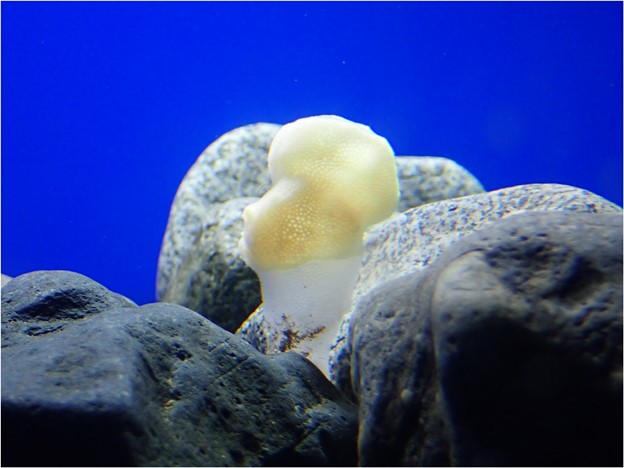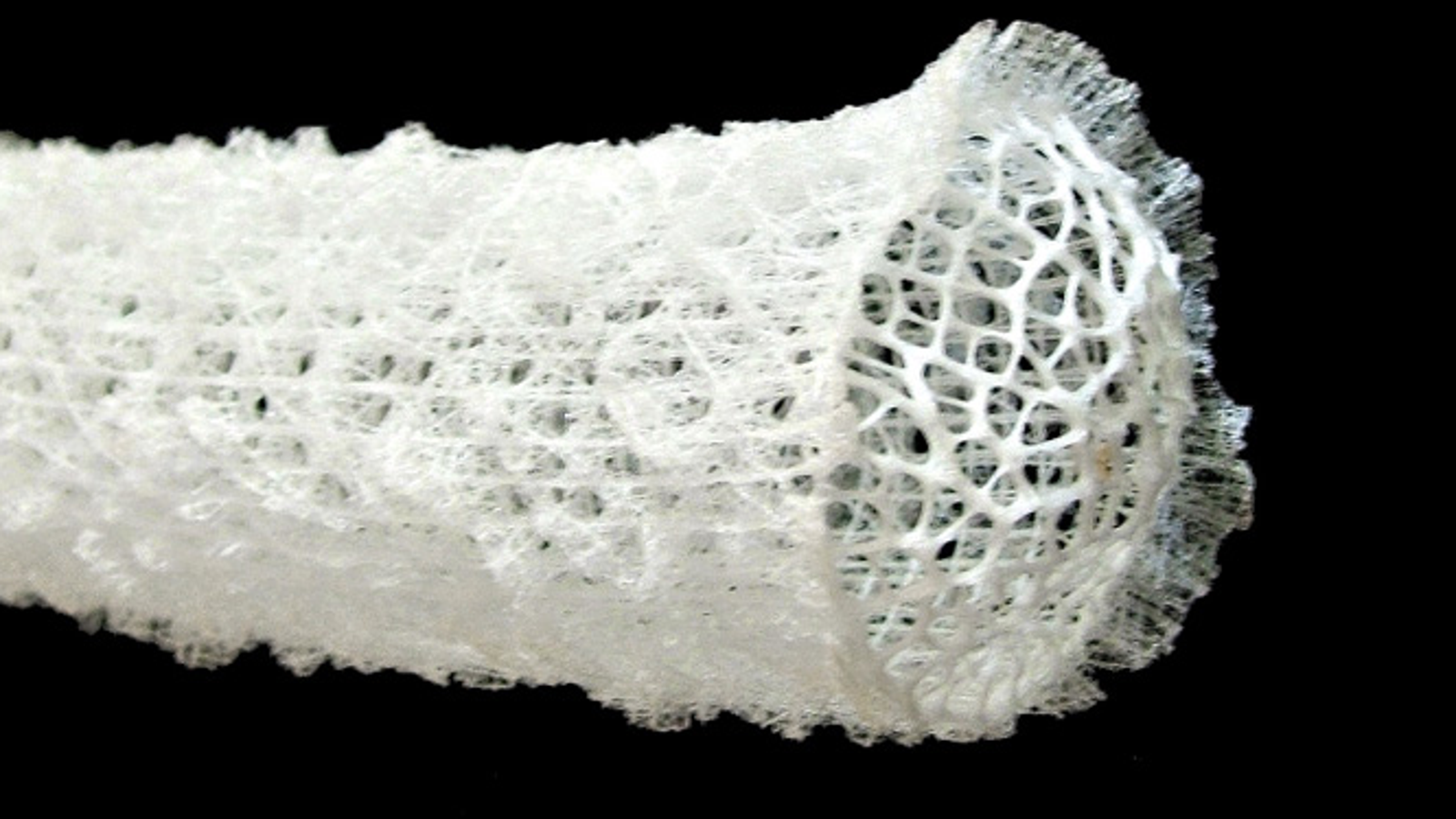


Moreover, the survivability of sponges is demonstrated in the variety of habitats it resides in from freshwater canals to polar deep seas. By filtering both particulate and dissolved material, sponges fill a niche in nutrient cycling. This system of afferent and efferent canals is intricately linked to supply its key function as a filter feeder. Beyond its multitude of external shapes and colors, sponges hold a unique internal aquiferous system. We therefore want to take this opportunity to illustrate the diversity, functionality, and sheer survivability of these ancient animals. While sponges are the oldest still living multicellular animals on this planet and omnipresent within aquatic ecosystems, they have not been studied nearly as much compared to the recognized ecosystem drivers in coral reefs: corals, algae, and fish.


 0 kommentar(er)
0 kommentar(er)
